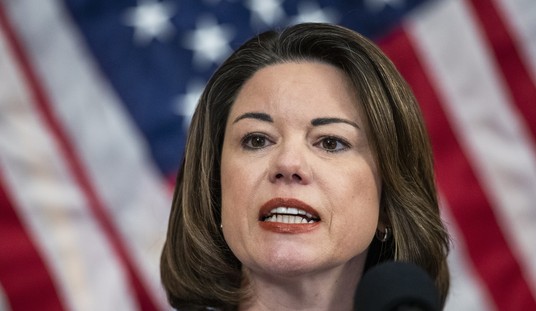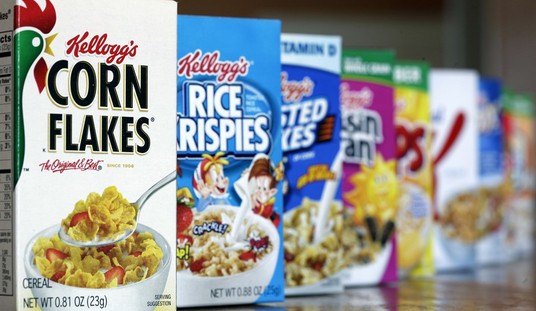
FILE – In this Jan. 26, 2016, file photo, economy class seating is shown on a new United Airlines Boeing 787-9 undergoing final configuration and maintenance work at Seattle-Tacoma International Airport in Seattle. The Federal Aviation Administration would be required to set new minimum requirements for seats on airplanes under legislation to be considered in the House this week. The regulation of seat width and legroom is part of a five-year extension of federal aviation programs agreed to early Saturday, Sept. 22, 2018, by Republican and Democratic leaders of the House and Senate committees that oversee the nation’s air travel. (AP Photo/Ted S. Warren, File)
In early March, when various plans for dealing with the coronavirus were being debated, the choices were explained to us via a curve. Two extremes were presented. In the first scenario, we could go on with business as usual and the curve would rapidly turn upward to reach its peak. The curve would briefly flatten before reversing course. The obvious disadvantage to this choice is that hospitals would be completely overwhelmed. It would be nearly impossible for doctors and nurses to provide care for such a large influx of patients at one time. This curve would be tall and thin.
The second option, the course chosen by most governments, was to shut down the economy and self-quarantine, the goal being to flatten the curve. In this case, the curve would rise slowly and take longer to reach the peak than under the first scenario. The peak would be considerably lower as well. The benefit to this alternative is that our hospitals and health care professionals would be able to accommodate the more reasonable numbers of patients, but the steady stream of infected individuals would continue for a longer period of time. In other words, the peak would remain flatter and longer before slowly reversing. The curve under this plan would be shorter and wider.
The number of lives lost was said to be approximately the same under the two plans, but the deaths would be accelerated under the first option.
The U.S. economy has been shutdown and most Americans have been in self-quarantine for nearly five weeks. Most cities and regions of the country have reached the peaks by now, which was the goal.
The economy is in freefall. This morning, the Labor Department reported that another 5.2 million Americans filed initial unemployment claims last week, bringing the four-week total to over 22 million. Diane Swonk, chief economist at Grant Thornton in Chicago, said, “There’s nowhere to hide. This is the deepest, fastest, most broad-based recession we’ve ever seen.”
We are on an elevator that is going down. It stops on every floor, and we decide whether to stay on or get off. We may feel somewhat protected inside the elevator, but in the meantime, the economy continues to deteriorate, and the damage is becoming more severe. And we know that, at any time, it might crash to the ground. If that were to happen, the economy could remain mired in a deep recession or even depression for years. The Federal Reserve is running out of tricks.
We all lived through the Great Recession of 2008. If America doesn’t get back to work soon, the Great Recession will seem like the Roaring 20s.
Goldman Sachs predicts a 15% rate of unemployment this summer. One economist at the St. Louis Fed foresees a rate of 32%.
‘But people will die if we go back to business as usual.’
First, obviously those who are in higher risk categories due to age or preexisting conditions should continue to quarantine.
Second, the truth is that more people will die if we allow this shutdown to continue. Here’s why.
Former New York Lieutenant Governor, author and scholar Betsy McCaughey wrote an article in which she argues that if the economy remains shutdown, “as many public-health experts recommend it should, it is almost certain to kill more Americans than the virus.” McCaughey cites some startling statistics:
Job losses cause extreme suffering. Every 1 percent hike in the unemployment rate will likely produce a 3.3 percent increase in drug-overdose deaths and a 0.99 percent increase in suicides, according to data from the National Bureau of Economic Research and the medical journal Lancet.
These are facts based on past experience, not models. If unemployment hits 32 percent, some 77,000 Americans are likely to die from suicide and drug overdoses as a result of layoffs. Deaths of despair.
Then add the predictable deaths from alcohol abuse caused by unemployment. Health economist Michael French from the University of Miami found a “significant association between job loss” and binge drinking and alcoholism.
The impact of layoffs goes beyond suicide, drug overdosing and drinking, however. Overall, the death rate for an unemployed person is 63 percent higher than for someone with a job, according to findings in the journal Social Science & Medicine.
Now do the math: Layoff-related deaths could far outnumber the 60,400 coronavirus deaths predicted by University of Washington researchers. This comparison isn’t meant to understate the horror of the coronavirus for those who get it and their families.
If Dr. Fauci had his way, America could remain in shutdown mode for six months. Fauci and his team “want the virus to determine the timetable. But Trump should also take into account the concerns of the silent majority suffering from the shutdown. It’s more than just their jobs on the line. Their lives are, too.”













Join the conversation as a VIP Member